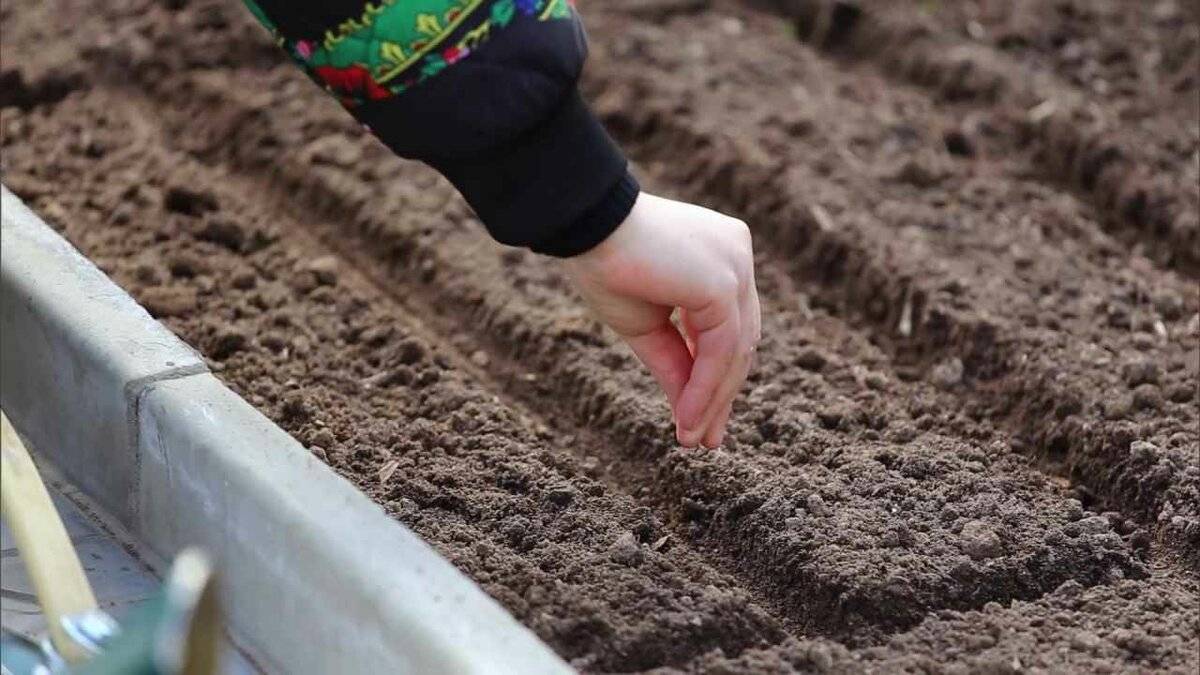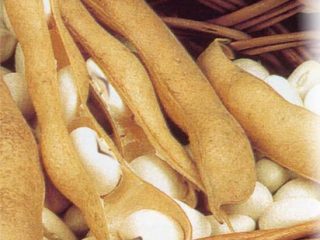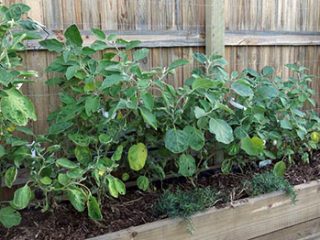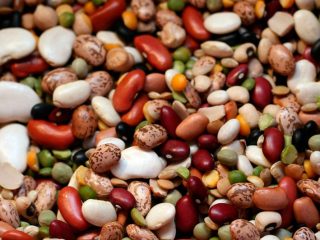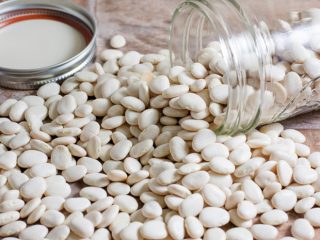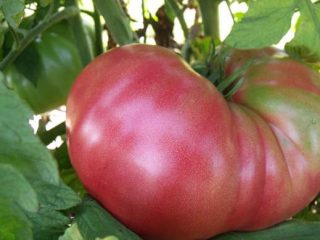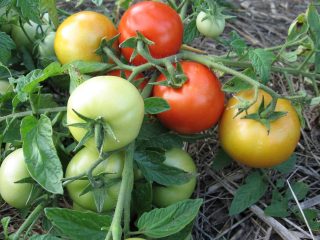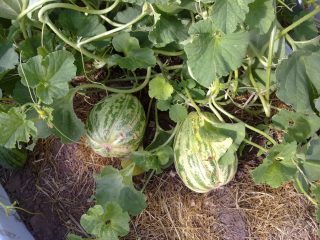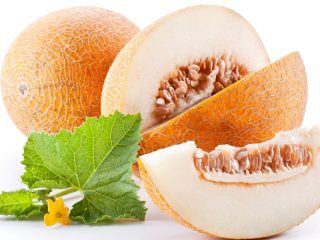Content
Winter planting of vegetable crops is a fun and useful activity that allows you to get fresh vegetables even in the cold season. In this article, we explore the world of winter gardening and discover the benefits and opportunities it provides.
Why bother with winter planting at all? After all, at first glance, this may seem like a difficult task. However, as you will learn, winter planting vegetables has its own unique benefits. First, it extends the harvest season, giving you access to fresh vegetables even when most gardens are already in winter. Additionally, winter planting can increase your productivity, as some winter-grown vegetables exhibit higher yields.
Preparing for winter planting
Site and soil preparation are fundamental to successful winter vegetable planting. This stage plays an important role in creating optimal conditions for the growth and development of plants during the cold season. Let's look at a few key steps to help you prepare for winter planting.
Selecting a location
Identify a spot in your garden or vegetable garden that receives the maximum amount of sunlight during the winter.Sunlight not only warms the soil, but also promotes better plant growth. Make sure the chosen location is well drained to avoid water retention and ice formation.
Soil preparation
Assess the pH level of the soil and make any necessary adjustments. Many vegetables prefer a neutral or slightly acidic pH. Amend the soil with organic fertilizers, such as compost or humus, to add nutrients to the soil. Dig up the soil and remove weeds and debris from previous crops. Clean and loose soil will make it easier for plant roots to penetrate into it.
Preparing seeds or seedlings
If you plan to start winter planting from seeds, check your planting dates. Some vegetables require pre-treatment of seeds before planting. If you use seedlings, make sure they are healthy and disease-free.
Protection from pests and diseases
Take measures to protect crops from pests and diseases that may be active during the winter. This may include the use of organic crop protection products.
Preparing for winter planting takes some effort, but proper preparation will give your plants the best chance for successful growth and harvest. Once you have completed this step, you will be ready to select vegetables for winter planting, which will be covered in the next chapter.
Selection of vegetable crops for winter planting
Selecting suitable vegetable seeds for winter planting is a key step in creating a successful winter garden. Depending on your region and climate, as well as your personal preferences, you can choose from different types of vegetables. Let's look at some of the most popular and suitable crops for winter planting:
- Carrot. Carrots tolerate cold temperatures well and become even sweeter after frost. Grow it for a fresh and delicious seasoning for your winter dishes.
- Spinach. Spinach is a fast-growing winter crop rich in vitamins and minerals. It's great for salads and cooking.
- Broccoli. Broccoli is cold-resistant and provides you with a rich source of vitamins and antioxidants during the winter.
- Garlic. Planting garlic in the fall allows you to have a harvest in early spring. This vegetable not only adds flavor to your dishes but also has numerous health benefits.
- Onion. Various types of onions, such as green onions and shallots, grow well during the winter months and add flavor and flavor to your dishes.
- Salad. Some varieties of lettuce, such as lettuce or endives, can be grown successfully during the winter months, providing you with fresh salad greens.
- Asparagus. Asparagus can be grown in winter if protection from the cold is provided. It is a valuable and tasty vegetable.
When choosing vegetables, consider the climate in your region, the availability of vegetable seeds, and your preferences in terms of taste and consumption. With the right vegetable choices, you can enjoy fresh vegetables even in the coldest months.
Winter planting techniques
Winter planting of vegetables requires special attention to techniques and methods that will provide optimal conditions for plant growth and development during the cold season. In this chapter we will look at key techniques for winter vegetable planting.
- Low temperature protection. One of the main aspects of winter planting is protecting plants from cold temperatures.Use cold-resistant materials such as special covers, organza, straw or agrofibre to create a barrier against cold and frost.
- Mulching. Mulching helps keep the soil warm and prevents it from freezing. Cover the soil with a layer of mulch, such as straw or fallen leaves, to improve insulation.
- Installation of greenhouses. Greenhouses or mini polycarbonate greenhouses can be used to create a warmer, more protected environment for plants. They also provide additional lighting and wind protection.
- Distance between plants. When planting vegetables in winter, consider increasing the distance between plants to ensure good air circulation and avoid accumulation of moisture that could freeze.
- Watering. Caring for plants in winter also includes regularly moistening the root zone. Use a watering system that does not allow the water to freeze.
- Pest protection. Use pest control measures, as some of them can be active even in the cold season. Use environmentally friendly methods to avoid harming the environment.
- Snow care. If plants are covered with snow, remove it from cover regularly to prevent it from accumulating and putting pressure on the plants.
By following these winter planting techniques, you will create optimal conditions for the growth of cold-season vegetables and provide yourself with fresh produce even in winter.
Winter vegetable planting is a fun and rewarding activity that can add fresh vegetables to your diet during the coldest months of the year.In this article, we explored the main aspects of this gardening practice and found out what benefits and opportunities it provides.
Preparing for winter planting of vegetables begins with choosing a suitable location, preparing fertile soil and properly treating seeds or seedlings. It is also important to take into account the characteristics of your region and climate.
Selecting the right vegetable crops for winter planting is key.
